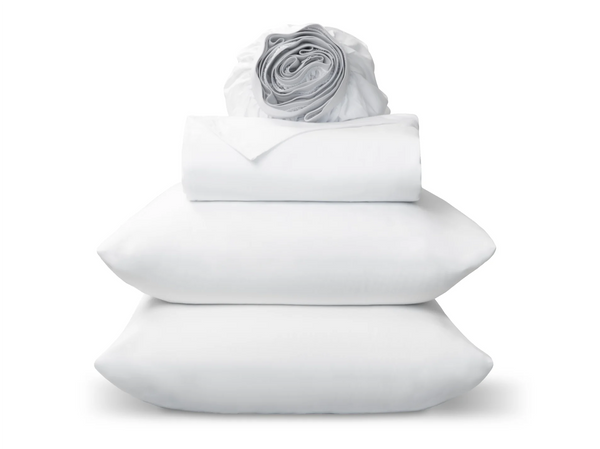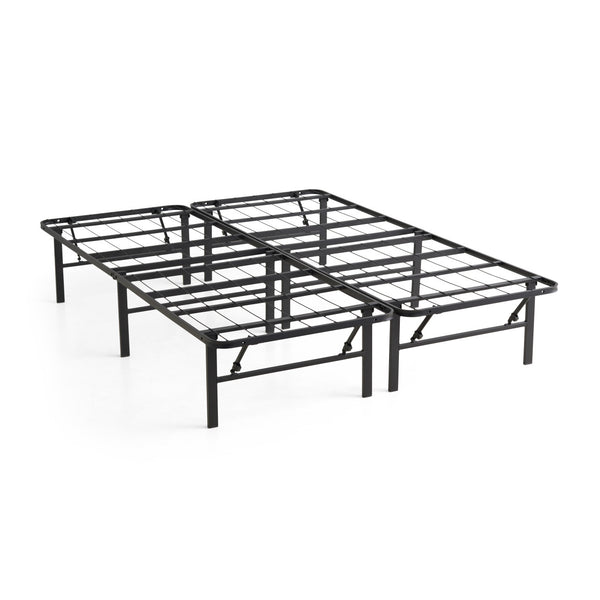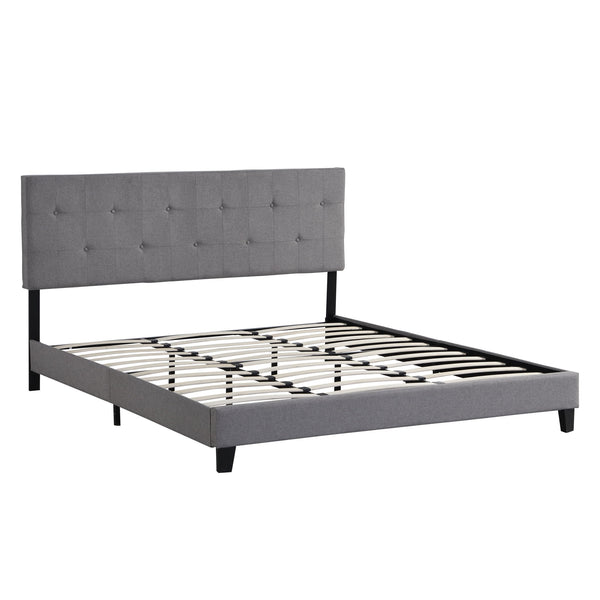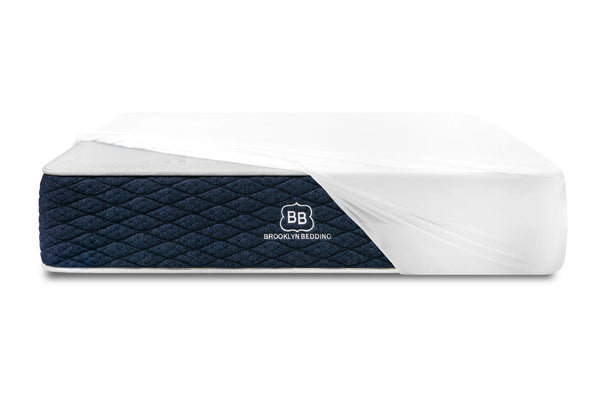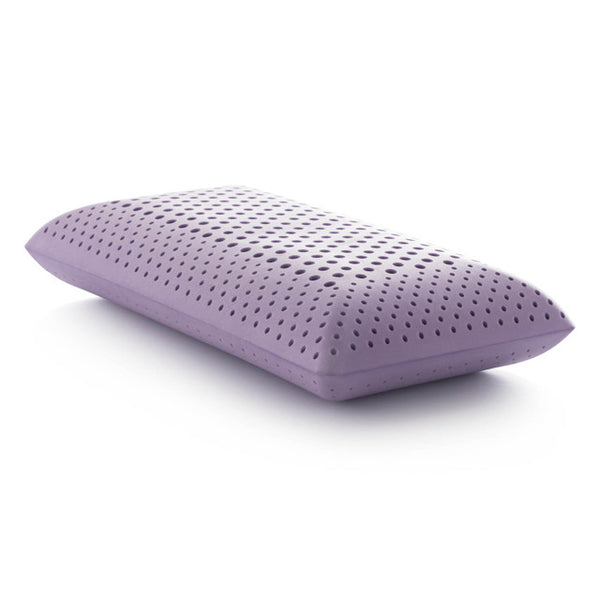
Side Sleepers - Pros and Cons of Sleeping on Your Side
Sleeping on one's side requires a firm pillow in order to ensure the head remains in alignment with the spine and prevent the neck from collapsing too far downward or tilting toward the chest.
People who sleep on their right sides should also consider adding a mattress topper to soften the feel of their bed, to reduce shoulder and hip pain. This can help to ease shoulder and hip strain.
Sleep apnea
Sleeping on your stomach or back can put undue strain on your spine, while side-sleepers can avoid these issues by propping their heads on pillows so their necks remain in alignment with the rest of their bodies.
This position promotes better digestion by decreasing acid reflux and bloating, and increasing circulation to your lower half. Pregnant women who sleep on their right sides should try sleeping on their left to ease gastrointestinal pain and increase blood flow to the placenta.
Side-sleepers who rely on too many pillows may experience neck and shoulder discomfort. A taller and firmer pillow may provide support to avoid straining muscles in your upper back and shoulders - leading to healthier and more restful nights' rest. You might also benefit from sleeping on a mattress that keeps hips and shoulders aligned so as to avoid sore or stiff joints when you wake up!
Heartburn
Sleepers who choose the right side may be more vulnerable to acid reflux or heartburn due to stomach acids accumulating in the lower esophageal sphincter when lying on their right side. By switching over to sleeping on their left side instead, this natural food flow from stomach to intestines can be improved and could help protect from future heartburn incidents.
Pregnant women should sleep on their left side to optimize blood flow to both heart and fetus while relieving pressure from liver. In comparison, sleeping on their back can increase heartburn risk as well as snoring.
Pillow-huggers can be identified by their habit of cuddling their pillows close while sleeping, often experiencing neck and shoulder discomfort as a result. Sleeping on one's back can exacerbate this issue by placing too much strain on shoulders and neck muscles; to alleviate these symptoms it may help to experiment with different positions until finding an mattress with adequate support for you body; additionally placing a pillow between knees may reduce pressure points on hips and knees.
Stomach pain
Sleeping on one's side is the most popular method, offering relief from back pain while helping prevent snoring by keeping tongue from falling into throat and creating obstructions.
Sleeping on the right side may lead to digestive issues like heartburn and acid reflux, since your stomach will be going against gravity when lying on this position, potentially exacerbating acid build-up in the system and gas accumulation.
If you suffer from GERD or heartburn, trying sleeping on the left side can help ease symptoms. A recent study demonstrated that people with GERD experience fewer episodes of heartburn when sleeping on the left compared to when they sleep on the right. Pregnant women may also find it beneficial to sleep on their left sides to ensure that the uterus remains above the liver so their bodies can easily manage the pregnancy process.
If you suffer from neck or shoulder pain, consider investing in a firmer mattress and adding a pillow between the knees to ensure proper alignment between hips and shoulders. Furthermore, using thicker pillows with upward sloped corners may ease tension while simultaneously supporting proper spinal alignment.
Arm numbness
People sleeping on their right sides may experience numbness in their arm and hand as a result of sleeping on that position, signalling restricted blood flow to these areas. Once this change takes place, numbness usually resolves once nerve compression ceases; those living with medical conditions like diabetes and vasculitis may see more serious side effects due to prolonged compression in these areas.
Except for occasional numbness, most people who regularly sleep on their right side don't encounter any other problems when sleeping this way. Some, however, may experience back pain or snoring issues. If this persists, a switch to left-side sleeping position may offer health benefits; additionally a mattress topper or pillow that adjusts mattress feel to provide more support for hips shoulders and spine can help alleviate pressure points and relieve achy joints. Stomach sleepers may want to consider making adjustments as this position puts added strain on their neck which causes discomfort throughout the night.
Wrinkles
Sleepers on their right sides need pillows designed to support proper neck alignment. A taller and loftier pillow allows your neck to remain in line with your spine without exerting unnecessary pressure on joints in your shoulders and back, relieving any additional strain or stress on joints in either shoulder. Nectar offers special pillows specifically tailored towards side sleepers that conform to their heads and necks to prevent pain or discomfort.
If you prefer "log"-style side sleeping, your arms will rest close to your body and closer together than usual, potentially leading to shoulder and chest ache. People who occupy more sprawled positions (yonners) usually sleep with arms stretched out in front of them like reaching for something.
Regarding mattresses, people who sleep on their sides typically require a medium firm mattress for optimal contouring and support. Too-firm mattresses may put too much strain on hips and shoulders while too-soft ones will allow too much sinkage leading to spinal misalignment.



